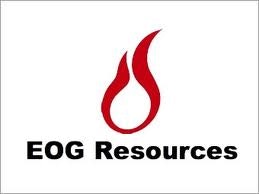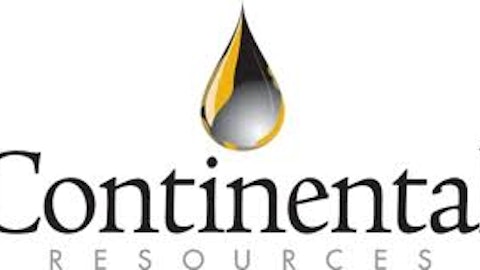
“The recent rebound in US oil and gas production … is spurring economic activity … and steadily changing the role of North America in global energy trade,” IEA said in its World Energy Outlook released over the weekend.
Assuming the IEA is correct in its prediction that crude will rise to $125 per barrel by 2035, this could be very good news indeed for the U.S. economy. It should also prove to be excellent news for the following news going forward.
Market Vectors ETF Trust (NYSEARCA:FRAK) All of sudden, the Market Vectors Unconventional Oil & Gas ETF becomes more than just a new ETF with a cute ticker. FRAK, which debuted in February, has thus far struggled to attract to assets with less than $18 million heading into the start of trading today. To some extent, FRAK’s struggles on the asset front are understandable. There are plenty of large-cap heavy equity-based oil ETFs on the market so standing out can be difficult.
However, that is exactly what FRAK has the potential to do assuming the U.S. really does become the world’s king of oil output. All of FRAK’s constituents have some exposure to North American shale or oil sands production. One big reason to like FRAK: If an investor cannot own shares of EOG Resources, Inc. (NYSE:EOG) directly, FRAK is the ETF with largest weight to the stock at over seven percent.
EOG is the dominant producer in the Eagle Ford Shale, a primary reason why U.S. oil production is surging. Texas-based EOG has consistently raised its Eagle Ford reserve estimates to the point where it is reasonable to expect this well-run company will expand its leadership role among U.S. oil and gas independents.
PowerShares Dynamic Energy Sector (NYSEARCA:PXI) The PowerShares Dynamic Energy Sector Portfolio has decent size with over $109 million in AUM, but this is another fund that has a tendency to get lost in the shuffle of oil ETFs. That is a shame because PXI has sharply outperformed larger rivals such as the Energy Select Sector SPDR (NYSEARCA:XLE) this year.
PXI is also an under-appreciated shale play as its 58 constituents include EOG, Hess Corp. (NYSE:HES) and some of the major integrated names. What makes PXI most appealing is diversity. The ETF offers exposure to integrated names, independents, refiners and pipeline firms.
SPDR S&P Oil & Gas Explore & Prod. (NYSEARCA:XOP) The SPDR S&P Oil & Gas Exploration & Production ETF, a favorite of short-term traders because of the ETF’s volatile nature, has a tendency to make an appearance on shale ETF lists. XOP’s presence on this list is validated for several reasons.
First, XOP is heavily tilted to exploration and production firms (74.5 percent of the fund’s weight), meaning the fund’s constituency is not highly exposed to refining margins. Second, XOP is essentially an equal weight product, so even the largest independents such as ConocoPhillips (NYSE:COP) and Anadarko Petroleum Corporation (NYSE:APC) do not dominate this fund.
Third, and on a related note, XOP is not excessively weighted to its holdings that have the largest market values. The related note there is XOP is home to plenty of mid-cap names that have been rumored to be takeover targets. With U.S. oil production rising, but output slowing for some of the major integrateds, Exxon in particular, a fresh wave of mergers and acquisitions activity in the oil patch could come to pass. That could be a boon down the road for XOP investors.
This article was originally written by The ETF Professor, and posted on Benzinga.





